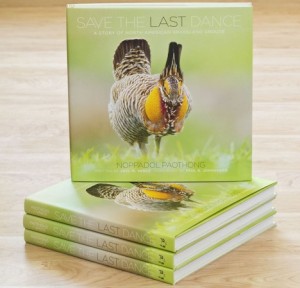The Kansas Wildlife, Parks and Tourism Commission will conduct its March public meeting on Thursday, March 23, 2017 in Topeka at the Capitol Plaza Hotel, Emerald Rooms I and II, 1717 SW Topeka Blvd. The afternoon session will begin at 1 p.m. and recess at 5 p.m. The evening session will convene at 6:30 p.m. The public is invited to attend both sessions and time will be set aside for public comment at the beginning of each for discussion of non-agenda items.
The afternoon session will begin with a report on the agency and state fiscal status and an update on the 2017 Kansas Legislative Session. The General Discussion portion of the meeting will include recognition of Tuttle Creek State Park’s Blue Chip Award, a Blue Cross Blue Shield parks support update, and an overview of the agency’s new consolidated licensing/reservation system.
The Workshop Session will include reviews of webless migratory bird and waterfowl season recommendations, as well as threatened and endangered species regulations. Regulations concerning hunting on Glen Elder and Marion wildlife areas and the deer season dates on Fort Riley Military Reservation will also be discussed.
The evening portion of the meeting will convene at 6:30 p.m. for the Public Hearing. Commissioners will hear proposals for, and vote on, the 2017 fall seasons for antelope, elk, turkey and deer. Deer permit allocations will be set by Secretary’s Orders.
If necessary, the commission will reconvene at the same location at 9 a.m., March 24, to complete any unfinished business. Information about the Commission, as well as the March 23 meeting agenda and briefing book, can be downloaded at ksoutdoors.com/KDWPT-Info/Commission/Upcoming-Commission-Meetings.
Live video and audio streaming of the March 23 meeting will be available at ksoutdoors.com. If notified in advance, the department will have an interpreter available for the hearing impaired. To request an interpreter, call the Kansas Commission for the Deaf and Hard of Hearing at 1-800-432-0698. Any individual with a disability may request other accommodations by contacting the Kansas Wildlife, Parks and Tourism Commission secretary at (620) 672-5911.
The next Kansas Wildlife, Parks and Tourism commission meeting is scheduled for April 20, 2017, at the KDWPT Headquarters, 512 SE 25th Ave., in Pratt.

